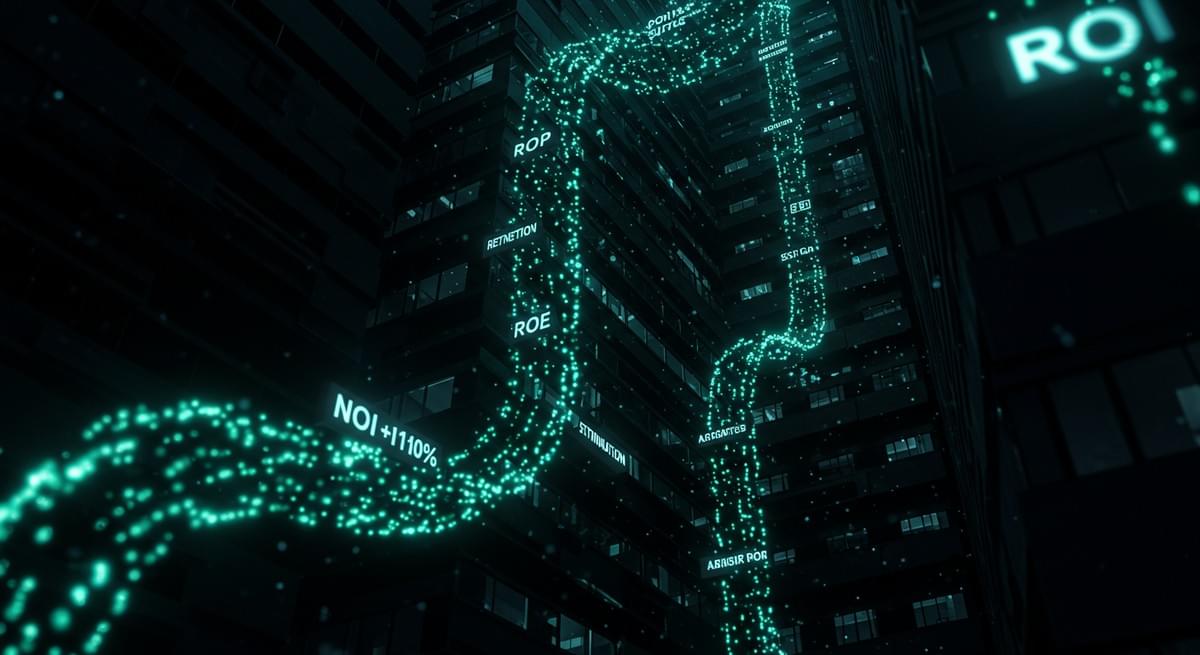Underwriting Has Evolved—Have You?
In the past, real estate underwriting looked at three core levers: location, lease rates, and occupancy. But in 2025, there's a fourth lever every sophisticated investor must evaluate: digital infrastructure readiness.
It’s no longer a bonus. It’s a valuation differentiator.
“Modern infrastructure is the invisible layer that separates a 6-cap from a 5-cap asset.”
— Peak Property Performance

Why Digital Infrastructure Now Impacts Cap Rate
Here’s why digital infrastructure is being weighted more heavily in investment decisions:
- Tenant retention is now tied to tech experience
- OPEX management depends on system visibility and automation
- Cyber risk is now a factor in lender risk assessment
- ESG disclosures require building-level performance data
Stat: Over 74% of institutional investors now include infrastructure-readiness in diligence reports. (CBRE Digital Strategy Report, 2024)
Infrastructure Signals to Look For

Case Snapshot: Underwriting the Hidden Value
An investor acquired a 300,000 sq ft asset in Phoenix. On paper: stabilized leases, decent rent roll.
But post-acquisition, OpticWise was engaged to layer in smart infrastructure:
- Energy spend dropped 19%
- Network uptime improved to 99.999%
- NOI rose by $312K in Year 1
The result? Cap rate moved from 6.1% to 5.3% on revaluation, unlocking a $3.2M equity gain.

What This Means For You
Every CRE asset is either:
- Infrastructure-ready and positioned for premium
- Or digitally underdeveloped and carrying hidden risk
Your underwriting model should evolve accordingly.
Step 1:
Get your copy of Peak Property Performance—the essential guide to understanding how smart infrastructure turns operational control into investment value.
Step 2:
Schedule your infrastructure-level PPP Audit before you underwrite your next asset.
Discover where value is hiding—or where it’s quietly bleeding out.
If you're not underwriting digital infrastructure, you're underwriting blind.
